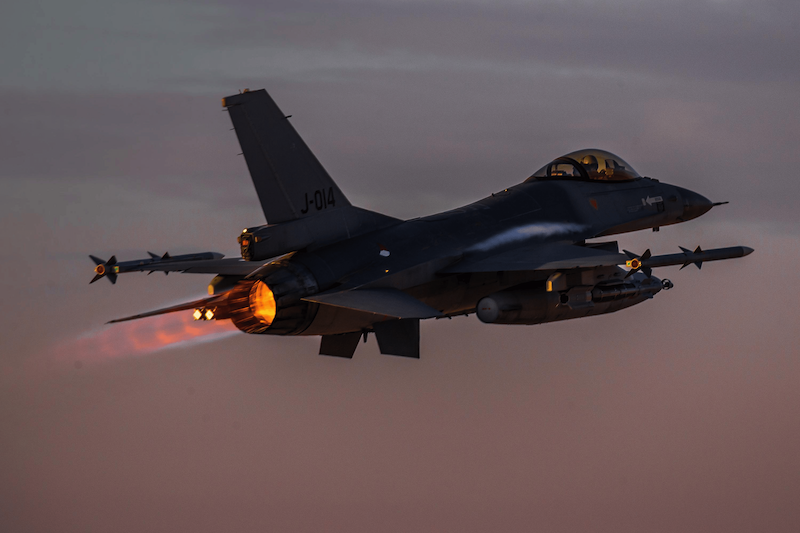
Credit: Royal Netherlands Air Force
RAF FAIRFORD, England—The imminent arrival of F-16s for Ukraine will not be a silver bullet, but instead are the early stages of the longer process of bringing the nation’s armed forces into Western tactics and equipment, the top U.S. Air Force and NATO air officer in Europe says. Air Force Gen...
Subscription Required
F-16s To Start Ukraine’s Shift To Western Equipment, Tactics: General is published in Aerospace Daily & Defense Report, an Aviation Week Intelligence Network (AWIN) Market Briefing and is included with your AWIN membership.
Already a member of AWIN or subscribe to Aerospace Daily & Defense Report through your company? Login with your existing email and password.
Not a member? Learn how you can access the market intelligence and data you need to stay abreast of what's happening in the aerospace and defense community.
